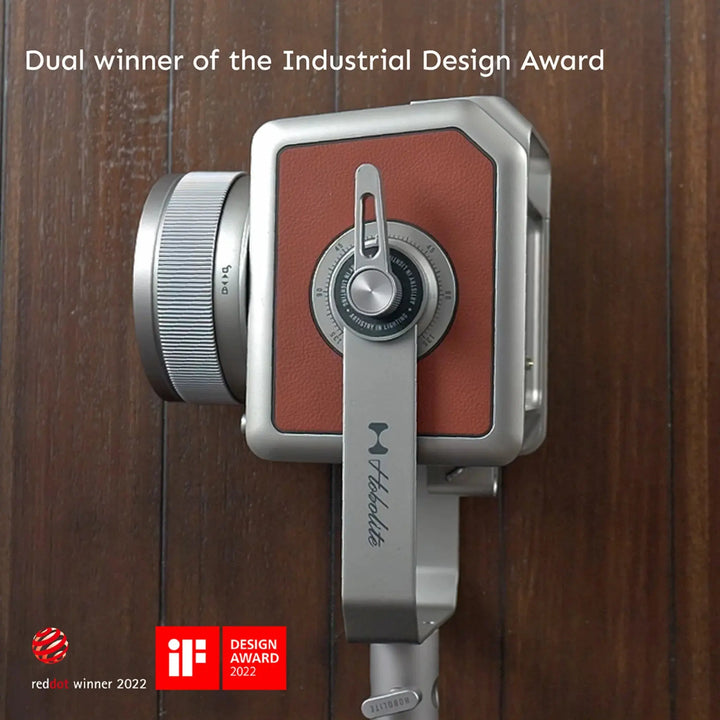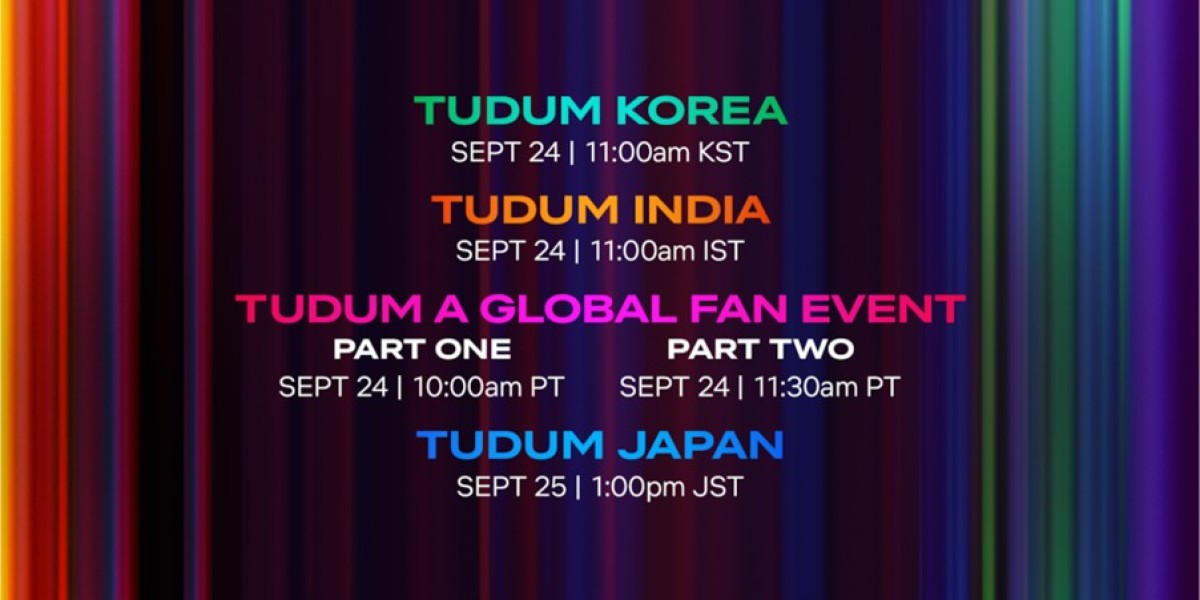Illuminate Your Creativity: Discover the Ultimate Options for Studio Photography Lights!
Studio photography lights are essential tools for photographers looking to elevate their work. The right lighting can dramatically enhance the quality of images, allowing for creative expression in ways that natural light often cannot. Whether you're a seasoned professional or an enthusiastic hobbyist, understanding the significance of studio lights is crucial. Different photography styles, such as portraiture, product photography, or even artistic compositions, demand various lighting setups to achieve the desired effects. Therefore, choosing the right studio photography lights tailored to your specific needs will not only improve your technical results but also inspire your creativity.

Understanding Studio Photography Lights
Studio photography lights refer to artificial light sources used in a controlled environment to illuminate subjects effectively. These lights are designed to provide consistent brightness and color temperature, which are essential for capturing high-quality images. Various types of studio lights are available, each with its own characteristics and ideal applications. Factors influencing lighting choices include the style of photography, the size of the studio, and personal preferences. For instance, a photographer specializing in high-speed action shots may prioritize powerful strobe lights, while a portrait artist might find continuous lights more suitable for their work. Understanding these variables is key to making informed decisions when purchasing studio photography lights.
Types of Studio Photography Lights
When it comes to studio photography lights, there are three primary types: continuous lights, strobe lights, and LED lights. Each type has its unique features and advantages, making them suitable for different photography styles and needs.
Continuous Lights
Continuous lights provide a steady source of illumination, allowing photographers to see exactly how the light falls on their subject in real-time. This makes them particularly user-friendly, especially for beginners. Continuous lights are excellent for video recording and for shooting in situations where precise lighting control is crucial. They are also versatile, fitting well in a variety of settings, from portrait photography to product shots. A friend of mine, a budding photographer, swears by continuous lights for her indoor shoots as they help her visualize the light and shadows before taking the shot.
Strobe Lights
Strobe lights, or flash lights, are powerful bursts of light that can freeze motion, making them ideal for capturing fast-moving subjects. These lights often provide higher intensity compared to continuous lights, which is beneficial for outdoor photography or bright environments. The ability to sync strobe lights with the camera shutter makes them a favorite among fashion and sports photographers. A personal experience I had involved a strobe setup during a high-energy dance shoot, where the strobe effectively captured the dancers in sharp detail against a lively backdrop.
LED Lights
LED lights have gained popularity due to their energy efficiency and low heat output. They are versatile and often come with adjustable color temperatures, allowing photographers to create various moods and effects in their work. Additionally, LED lights can be used in both photography and videography, making them a multi-functional choice for many creatives. A friend who runs a small studio mentioned how LED lights have transformed her workflow, offering flexibility without the hassle of excessive heat or power consumption.
Factors to Consider When Choosing Studio Lights
Selecting the right studio photography lights requires careful consideration of several factors. First and foremost is your budget, as lighting equipment can vary significantly in price. It's essential to determine how much you're willing to invest in your lighting setup. Next, consider the space where you'll be working. Smaller studios may benefit from compact, efficient lights, while larger spaces can accommodate more extensive setups. Finally, think about your specific photography needs. Are you primarily shooting portraits, products, or creative compositions? Each style may require different lighting characteristics, so take the time to assess what will work best for you. A thoughtful selection process ensures that your investment in studio lights pays off in the quality of your work.
Setting Up Your Studio Lighting
Once you've chosen your studio photography lights, setting them up correctly is crucial for achieving the desired effects. Start by considering the positioning of your lights. For portraits, a common setup involves a key light to brighten the subject's face, with fill lights to soften shadows. Experimenting with angles and distances can yield varied results—sometimes a simple adjustment can create a dramatic effect. Additionally, pay attention to the height and direction of your lights to avoid harsh shadows. It's also wise to be aware of common pitfalls, such as overexposing your subject or underlighting your scene. A little trial and error, combined with a clear understanding of your desired outcome, will lead to a more effective lighting arrangement that enhances your photography.
Enhancing Your Photography with the Right Lighting
In summary, studio photography lights are invaluable tools that can significantly enhance your creative endeavors. By understanding the different types of lights available and considering the factors that influence your selection, you can tailor your lighting setup to suit your specific needs. Whether you choose continuous lights for their ease of use, strobe lights for their power, or LED lights for their versatility, the right lighting can transform your photography. Embrace the opportunity to explore various options and experiment with different setups to discover what works best for you. Illuminating your creativity starts with understanding and utilizing the power of studio photography lights.








